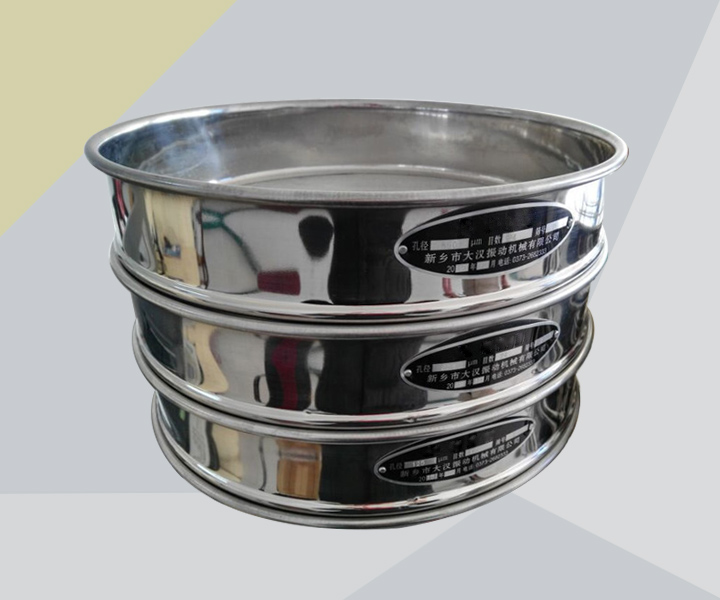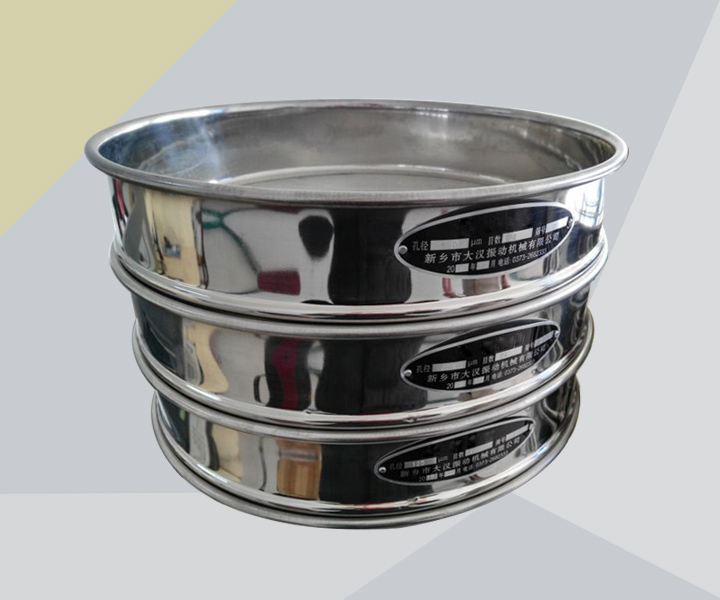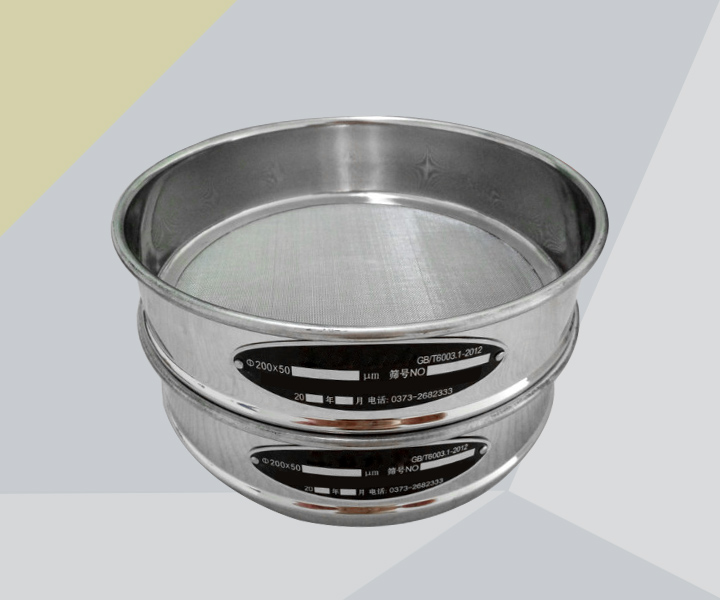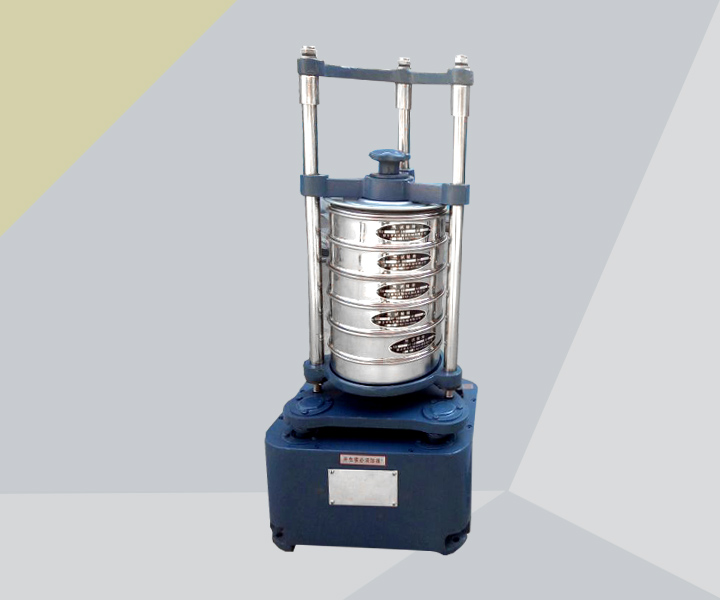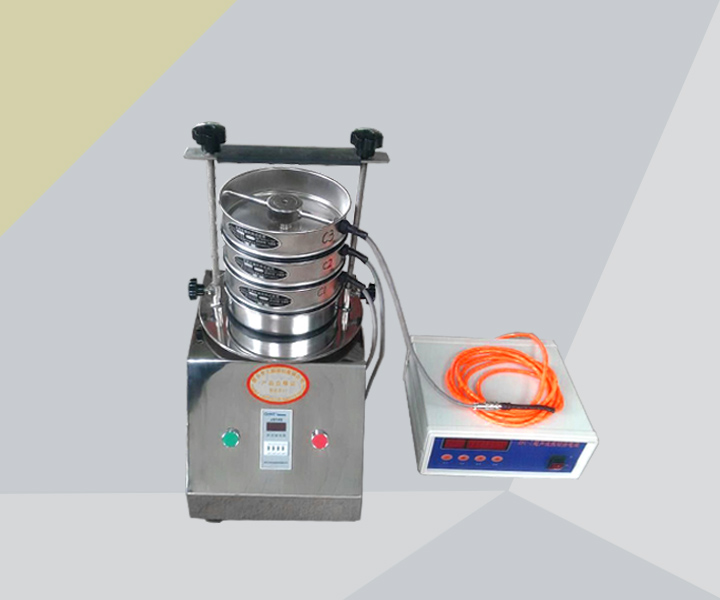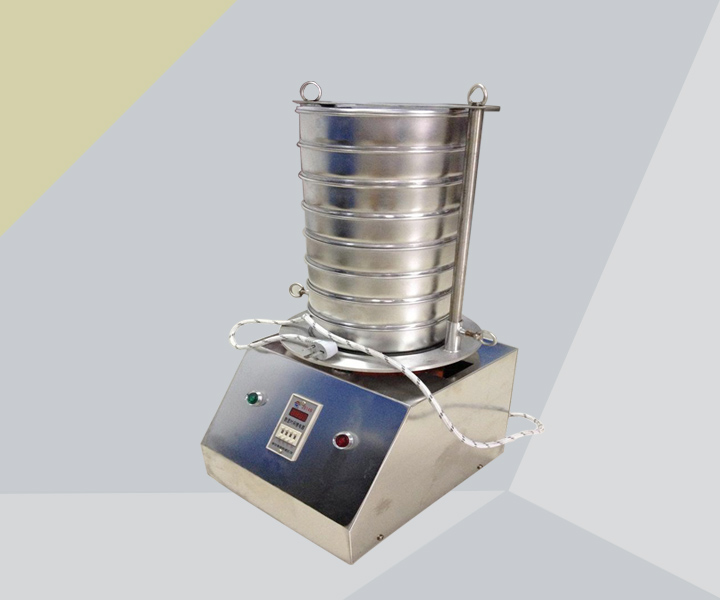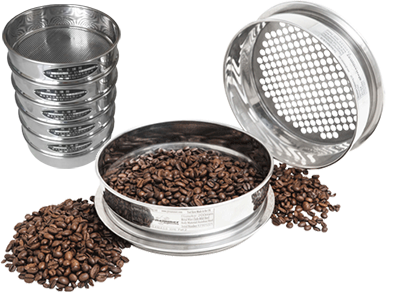Composition
| Frame | stainless steel plate, low-carbon plate, wood plate |
| Mesh Shape | square hole, round hole, diamond hole |
| Mesh | stainless steel mesh,galvanized wire mesh, nylon wire mesh, chrome plate, stainless steel plate, galvanized plate, copper plate, wood plate, aluminium alloy plate, plastic plate |
Advantages of Soil Sieve
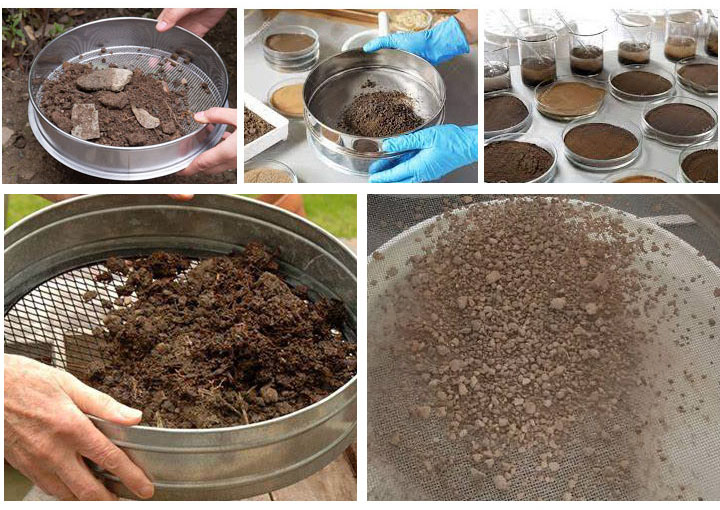
1. It can quickly and effectively screen coarse particles from dry soil samples for preliminary analysis on site.
2. Soil sieve apertures are 00, 80, 60, 40, 20, 10, 5, 2mm; fine sieves are generally square holes, and the equivalent apertures are 2.0, 1.0, 0.5, 0.25, 0.10, 0.075mm, and the screening is accurate.
3. 1mm can sieve dust in the soil, 3mm can sieve 1-3mm soil particles, and 6mm can sieve 6mm medium soil particles.
4. National standard 304 stainless steel mesh surface, high temperature resistance, non-magnetic, not easy to rust.
5. It adopts one-time stamping forming, the screen frame is flat, the finish is high, and the sieve assembly interchangeability is good.
6. The sieve is tight and flat, no wire picking or material jamming. The double-layer thickened screen frame is durable and not easy to deform. The screen mesh and the screen frame are fixed by soldering, which will not loosen and last longer.
7. Equipped with a fully automatic laboratory vibrating screen, it is more efficient and safer.
RELATED INDUSTRIES
Soil sieve is used in particle analysis tests to determine the percentage of the content of each particle group in the dry soil to the total mass of the soil, the particle size, gradation and particle group content of the soil, as well as the size of the soil particle and the mineral composition of the soil. It is widely used in All kinds of laboratories for grading, sieving, analysis and testing of samples. Equipped with a fully automatic laboratory vibrating screen, it is more efficient and safer.
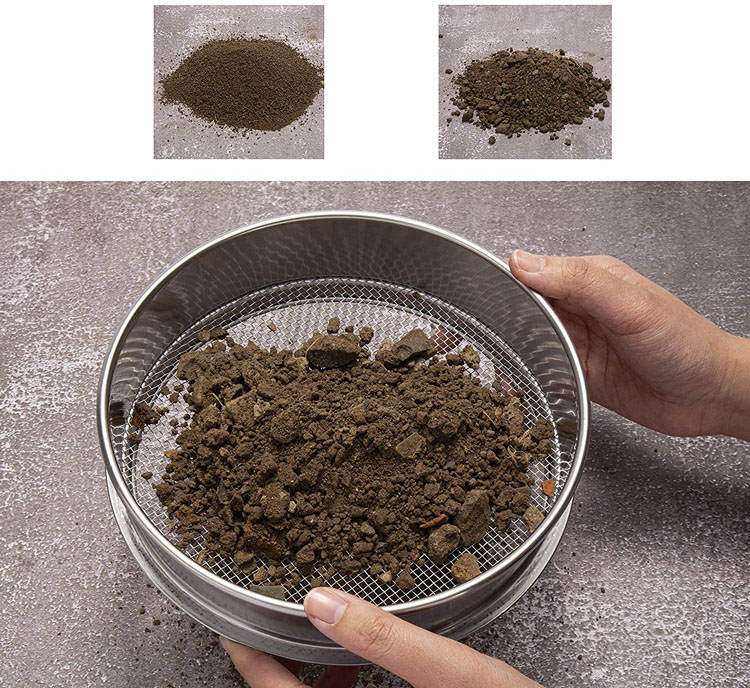
MAIN TECHNICAL PARAMETERS:
| Number | Mesh(mm) | Number | Mesh(mm) | Number | Mesh(mm) | Number | Mesh(mm) |
| 2 | 13 | 26 | 0.71 | 90 | 0.16 | 260 | 0.06 |
| 3 | 6.5 | 28 | 0.63 | 100 | 0.154 | 280 | 0.055 |
| 4 | 5 | 30 | 0.6 | 110 | 0.14 | 300 | 0.054 |
| 5 | 4 | 32 | 0.55 | 115 | 0.13 | 320 | 0.048 |
| 6 | 3.2 | 36 | 0.5 | 120 | 0.125 | 325 | 0.045 |
| 7 | 2.8 | 40 | 0.45 | 130 | 0.111 | 350 | 0.041 |
| 8 | 2.5 | 45 | 0.4 | 140 | 0.105 | 360 | 0.4 |
| 9 | 2.2 | 50 | 0.355 | 150 | 0.1 | 400 | 0.0385 |
| 10 | 2 | 55 | 0.315 | 160 | 0.098 | 500 | 0.03 |
| 12 | 1.6 | 60 | 0.3 | 180 | 0.09 | ||
| 14 | 1.43 | 65 | 0.25 | 190 | 0.08 | ||
| 16 | 1.25 | 70 | 0.22 | 200 | 0.075 | ||
| 18 | 1 | 75 | 0.2 | 220 | 0.07 | ||
| 20 | 0.9 | 80 | 0.18 | 240 | 0.065 | ||
| 24 | 0.8 | 85 | 0.17 | 250 | 0.063 | ||
| Stainless steel sieve specifications, if you need special specifications, you can contact online customer service consultation. | |||||||
Soil sieve test method
| Soil particle size (mm) | <2mm | <10mm | <20mm | <40mm | >40mm |
| Sampling mass (g) | 100-300g | 300-900g | 1000-2000g | 2000-4000g | Above 4000g |
1. From the air-dried loose soil samples, the soil was taken by quartering.
2. Pass the sample through a 2mm sieve, and weigh the soil mass above and below the sieve, respectively. Take the soil on the 2mm sieve and pour it into the uppermost sieve of the stacked coarse sieve, and pour the soil under the 2mm sieve into the uppermost sieve of the fine sieve stacked in sequence (the pore size of the analysis sieve is from the largest to the smallest from the top to the bottom. put). Use a sieve shaker to fully sieve and analyze until the diameter of the soil particles on each sieve is larger than the sieve aperture, generally shake the sieve for 15~30min;
3. Starting from the sieve with the largest aperture, remove each sieve in sequence, and weigh the soil left on each sieve separately to the nearest 0.1 g. The difference between the sum of the soil mass on each sieve and the total soil mass shall not be greater than 1% of the total soil mass;
4. Calculate the particle group content and cumulative content, draw the gradation curve, obtain each characteristic particle size, analyze the gradation of the soil, and name it according to the specification
Soil sieve analysis lab report
| Soil Project | standard | Soil Sieve Requirements | Calibration result |
| moisture |
Determination of soil dry matter and moisture Gravimetric method HJ 613-2011 |
Aperture 2mm | 2.07mm |
| organic carbon |
Determination of soil organic carbon Potassium Dichromate Oxidation-Spectrophotometry HJ 615-2011 |
Aperture 2mm | 1.93mm |
| Aperture 2mm | 0.262mm | ||
| total chromium |
Determination of total chromium in soil flame atomic absorption spectrophotometry HJ491-2009 |
Aperture 0.149mm | 0.153mm |
| copper |
Determination of soil quality copper and zinc flame atomic absorption spectrophotometry GB/T17138-1997 |
Aperture 2mm | 2.07mm |
| Zinc | Aperture 0.149mm | 0.153mm | |
| lead |
Determination of lead and cadmium in soil quality graphite furnace atomic absorption spectrophotometry GB/T 17141-1997 Determination of soil quality lead and cadmium KI-MIBK extraction flame atomic absorption spectrophotometry GB/T17141-1997 |
Aperture 2mm | 2.07mm |
| cadmium | Aperture 0.149mm | 0.153mm |

